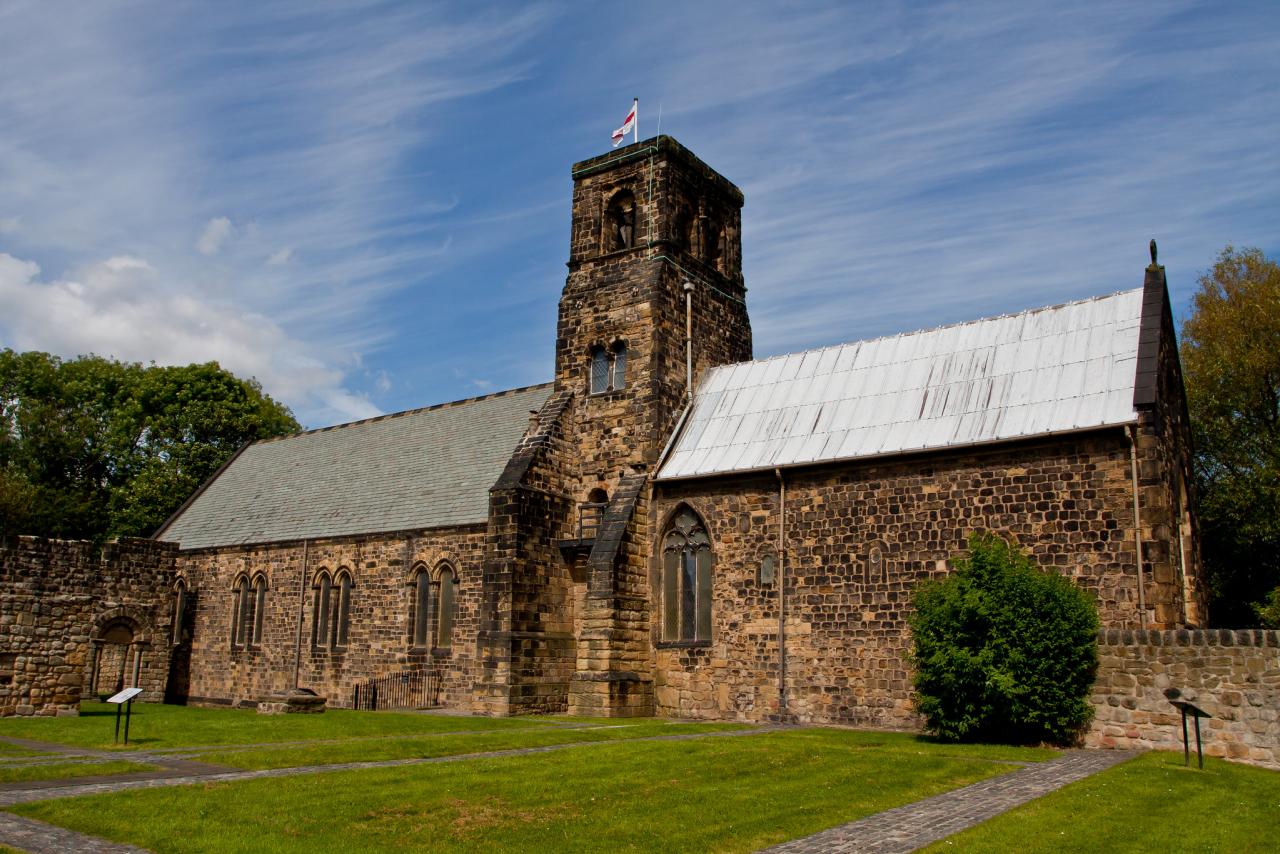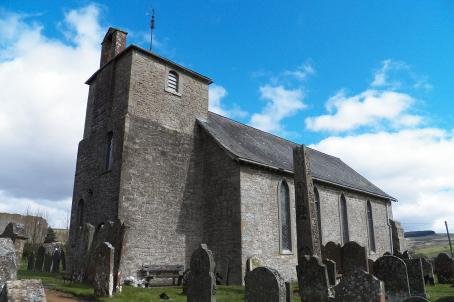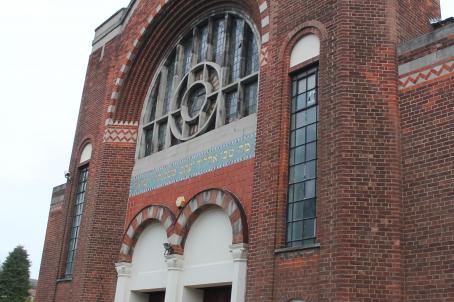St Paul

Jarrow has a very long and distinguished history. It was one of the first places to be invaded by the Vikings, who eventually colonised the North East. It was also the home of the Venerable Bede, a scholar, monk and writer, known as the Father of English History.
About this building
For more information visit on this building visit www.explorechurches.org/church/st-paul-jarrow





